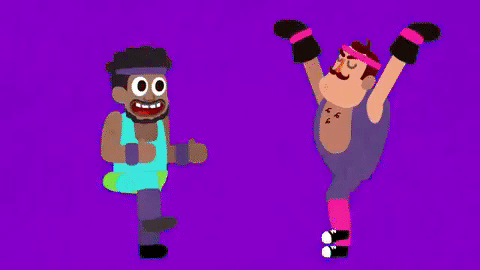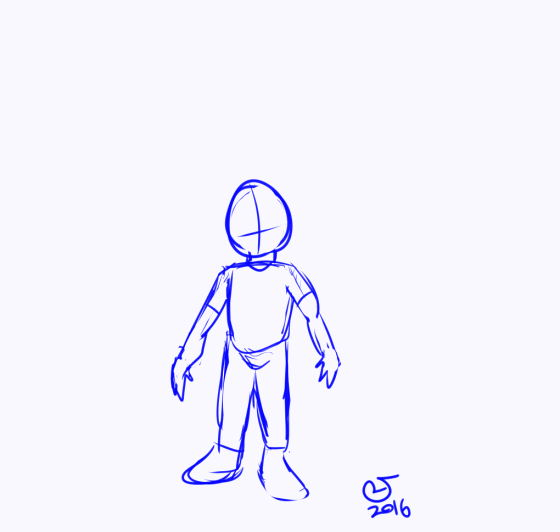

Clip studio paint is an amazing tool with many secrets, we'll get the most out of it and its hidden features. This course includes videos about lip synch, rotoscoping, moving backgrounds, making puppet/ rigged characters, and much more. Clip Studio Pro is for character, concept, and illustrations whereas the CSP Ex version is used to create comics, manga, animations, and more. Then we'll take a look at animation folders which is the main way to create frame-by-frame animation. This includes moving objects, backgrounds, foregrounds, characters, or a combination of all. 1 Startup 2 Loading a first CSP specification 3 First Steps in Animation 4 First Steps in Model Checking 5 Error Highlighting 6 Other Features. TikTok video from vivsssg (vivsssg): 'Practice Rigging and Animation // CSP // Live2d csp live2dcubism rigging. We're going to start with Keyframes and all the ways you can use them to animate without needing to draw too much. Basics like knowing what layers are, how to create a new document, using brushes, and other basic tools. This is an intermediate-level course so you should know some basics about the program before you decide to join.

Select File menu > New to view the settings. Note: These settings can be changed later. We're going to combine all of these tools to create our animations and I'll also share some of my tricks to have a better workflow and make things easier and faster. To create an animation with CLIP STUDIO PAINT, you will first need to create a canvas, and then set the animation's frame rate (smoothness) and the number of frames (playback time). You'll learn to use Keyframes, animation folders, file objects, image materials, 2D camera, graph editor, and many tricks for animating in clip studio paint. This course contains everything you need to know about 2D animation in clip studio paint. What to learn how to animate in clip studio paint?


 0 kommentar(er)
0 kommentar(er)
